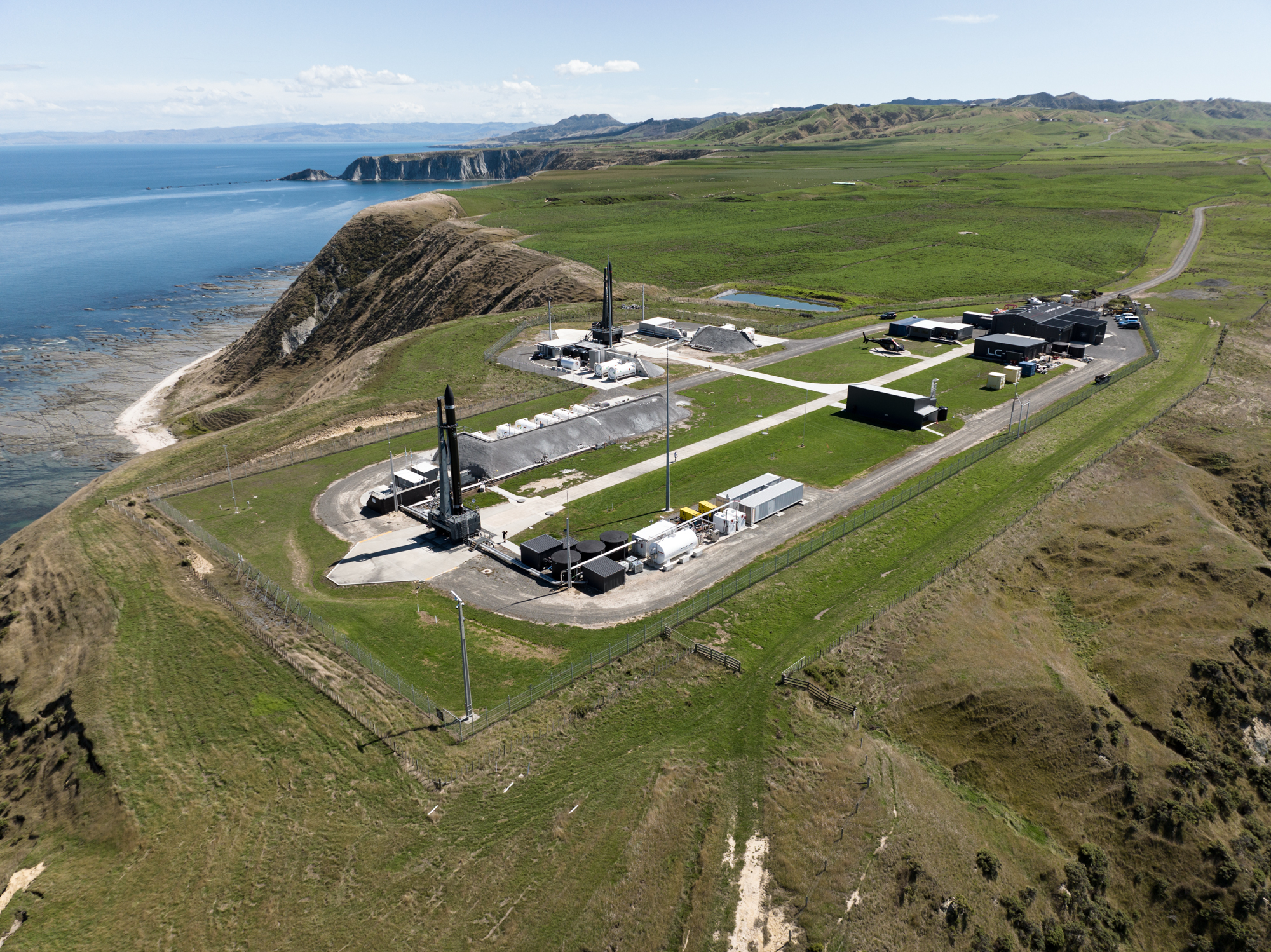Rocket Lab aims to break in new launch pad with next space mission

Rocket Lab has a new launch pad, and it's about to get its first workout.
The California-based company announced Wednesday (Feb. 23) that it has finished work on the second pad at its New Zealand launch complex, which lies on the North Island's Mahia Peninsula. And this newly built Pad B is set to host its first liftoff as early as Monday (Feb. 28).
During that mission, known as "The Owl's Night Continues," a Rocket Lab Electron launcher will loft a Strix Earth-observation satellite for the Japanese company Synspective. The window for "The Owl's Night Continues" opens at 3:35 p.m. EST (2035 GMT) on Monday; you can watch it live here at Space.com, courtesy of Rocket Lab, or directly via the company.
Related: Rocket Lab and its Electron booster (photos)
The 59-foot-tall (18 meters) Electron gives small satellites dedicated rides to orbit. It's one of the most prolific rockets currently in operation, and Pad B will allow even greater Electron launch cadences, Rocket Lab representatives said.
"Even with just one pad at Launch Complex 1, Electron quickly became the second most-frequently launched U.S. rocket every year," company founder and CEO Peter Beck said in a statement, referring to the New Zealand locale.
How it started vs how it’s going pic.twitter.com/izdW5Zv4cgFebruary 23, 2022
"Now, with two pads at Launch Complex 1 and a third in Virginia, imagine what three pads across two continents can do for schedule control, flexibility and rapid response for satellite operators globally," he added.
Breaking space news, the latest updates on rocket launches, skywatching events and more!
The Virginia pad, at the Mid-Atlantic Regional Spaceport on Wallops Island, was completed a while back but has yet to host a launch due to delays with the NASA-developed
autonomous flight termination system that will be used with missions from the site. NASA released that system to industry partners last month, however, so a Rocket Lab launch from Virginia could happen relatively soon.
"The Owl's Night Continues" will be Rocket Lab's second mission for Synspective. The first, called "The Owl's Night Begins," lifted off in December 2020, carrying a Strix satellite to orbit from Pad A in New Zealand.
Synspective is building a constellation of more than 30 Earth-observation satellites, which will study our planet using synthetic aperture radar. "The Owl's Night Begins" delivered the first of these craft to orbit.
Mike Wall is the author of "Out There" (Grand Central Publishing, 2018; illustrated by Karl Tate), a book about the search for alien life. Follow him on Twitter @michaeldwall. Follow us on Twitter @Spacedotcom or on Facebook.

Michael Wall is a Senior Space Writer with Space.com and joined the team in 2010. He primarily covers exoplanets, spaceflight and military space, but has been known to dabble in the space art beat. His book about the search for alien life, "Out There," was published on Nov. 13, 2018. Before becoming a science writer, Michael worked as a herpetologist and wildlife biologist. He has a Ph.D. in evolutionary biology from the University of Sydney, Australia, a bachelor's degree from the University of Arizona, and a graduate certificate in science writing from the University of California, Santa Cruz. To find out what his latest project is, you can follow Michael on Twitter.
